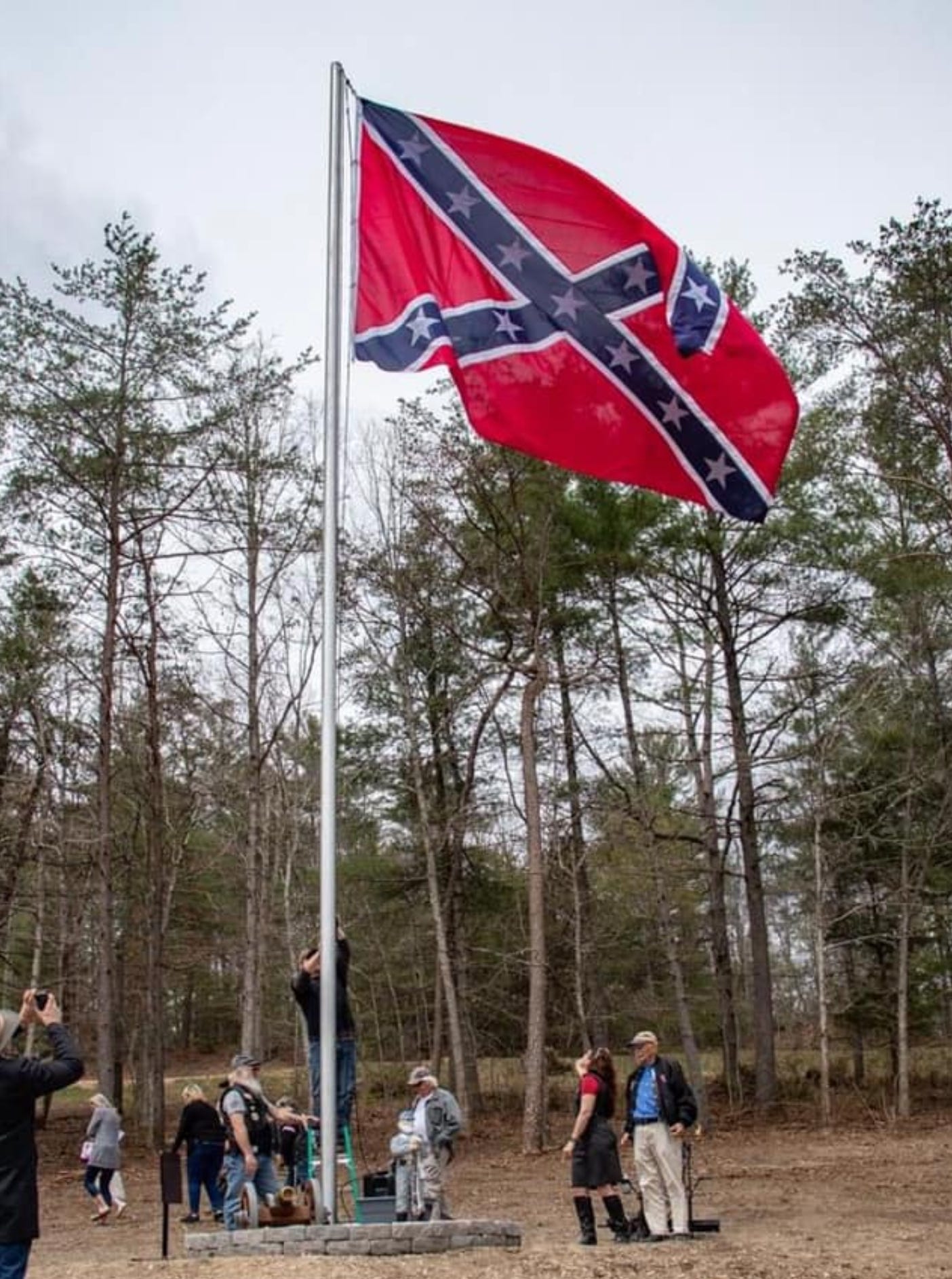When Confederate Monuments Go Up
A few reflections on what the dedication of new monuments tells us about Civil War Memory.
The removal and relocation of Confederate monuments over the past few years tells us a good deal about changing perceptions of the Civil War, but the recent dedication of new monuments also has something to teach us as well.
The Lost Cause narrative, which celebrated Confederate leaders like Lee and Jackson, along with the rank and file has increasingly been overshadowed by an “emancipationist” memory of the war that places slavery, emancipation, and the service of roughly 200,000 African Americans at the center.
There can be little doubt that recent events like the heinous murder of nine Black churchgoers in Charleston in 2015 by a racist who embraced Confederate symbolism and the “Unite the Right” rally in Charlottesville in 2017 were the catalysts for a surge in monument removals. The most significant surge took place following the police murder of George Floyd in May 2020.
As important as they were, none of these changes would have taken place if a shift in local and state political power had not already occurred It is a reminder that how our collective past is remembered and commemorated in public spaces is ultimately about power or to be more specific: who is in power.
It certainly helps to explain why so many Confederate monuments were dedicated at the turn of the twentieth century, even in places where the majority of the population was Black. By disfranchising the majority through legal means and through violence, a minority was able to control how the past was remembered and used it to maintain control for much of the twentieth century.
Many of the Confederate monuments marked in the brown areas likely never would have been dedicated had it not been for the oppressive regime of Jim Crow.
It’s no wonder then that monuments are coming down now that local and state governments better reflect the values and influence of a community’s tax payers.
You can see this even more clearly when looking at the recent dedication of new Confederate monuments and re-dedication of old ones following their removal.
Back in 2017 the Los Angeles Times reported on new dedications that were taking place in response to the removal of monuments.
This weekend the Sons of Confederate Veterans dedicated a new monument on private land in Calhoun County, Mississippi. A small crowd—likely not much larger than the organization itself—attended the dedication.
Last month the United Daughters of the Confederacy re-dedicated two Confederate monuments in a cemetery in Macon, Georgia following their removal from the downtown area.
All of these dedications and re-dedications are taking place on private land or in public cemeteries that are removed from public traffic. That fact is significant because it demonstrates the complete loss of political influence among Confederate heritage groups. It also demonstrates that those in elected office have little or no reason to partner with such groups for their own political benefit.
Each dedication of a Confederate statue is another reminder of the rejection of their preferred memory of the war. It’s a memory that increasingly is being relegated to places far removed from public property in the center of town and cities.
The same holds true for the wave of new Confederate flag dedications on major highways throughout the South. Groups like The Virginia Flaggers rely on property owners who share their values and memory of the past and who are willing to donate a small plot of land.
These flags are certainly eyesores, but it is important to keep in mind that they represent nothing more than the property owner and the individuals/group responsible for the flag and pole.
I make no judgement on why people choose to take part in these dedications, in part, because it doesn’t really matter. These ceremonies hold no significance beyond the meaning that is attached by the individuals who attend.
The days when symbols of the Confederacy spoke for the entire community are over.
Ultimately, these dedication ceremonies are not a warning that ‘The South Will Rise Again,’ but the clearest indication of defeat.








This is a little off topic and premature, perhaps, but one of the most profound quotes in the current book club book to me is this: "[M]onuments aren't history lessons—they're pledges of allegiance." The movement to private ground of Confederate monuments that glorify the ideology of the "Lost Cause," and deny the centrality of slavery—where I can avoid driving by—is okay with me. It clarifies who exactly is "pledging allegiance," and allows those of us who don't "pledge allegiance" to escape being automatically included in those groups by outsiders. Easier to determine if numbers are growing or dwindling.
Kevin,
Excellent observations. As you said, the fact that the new monuments are being erected on private property, mostly out of public view, by few people without government support shows that the Daughters of the Confederacy and Sons of the Confederacy have no political clout. It is a far cry from the days of the roll back of the civil rights of Blacks between 1890 and 1930 when the vast bulk of the Confederate memorials went up. This is a good thing. My bigger concern now are the militants who use the Confederate Battle Flag and the Stars and Bars in conjunction with Nazi, Neo-Nazi, and other White Nationalist symbols as they commit or attempt to provoke violence.
Have a great day, and thank you again from this article.
Steve